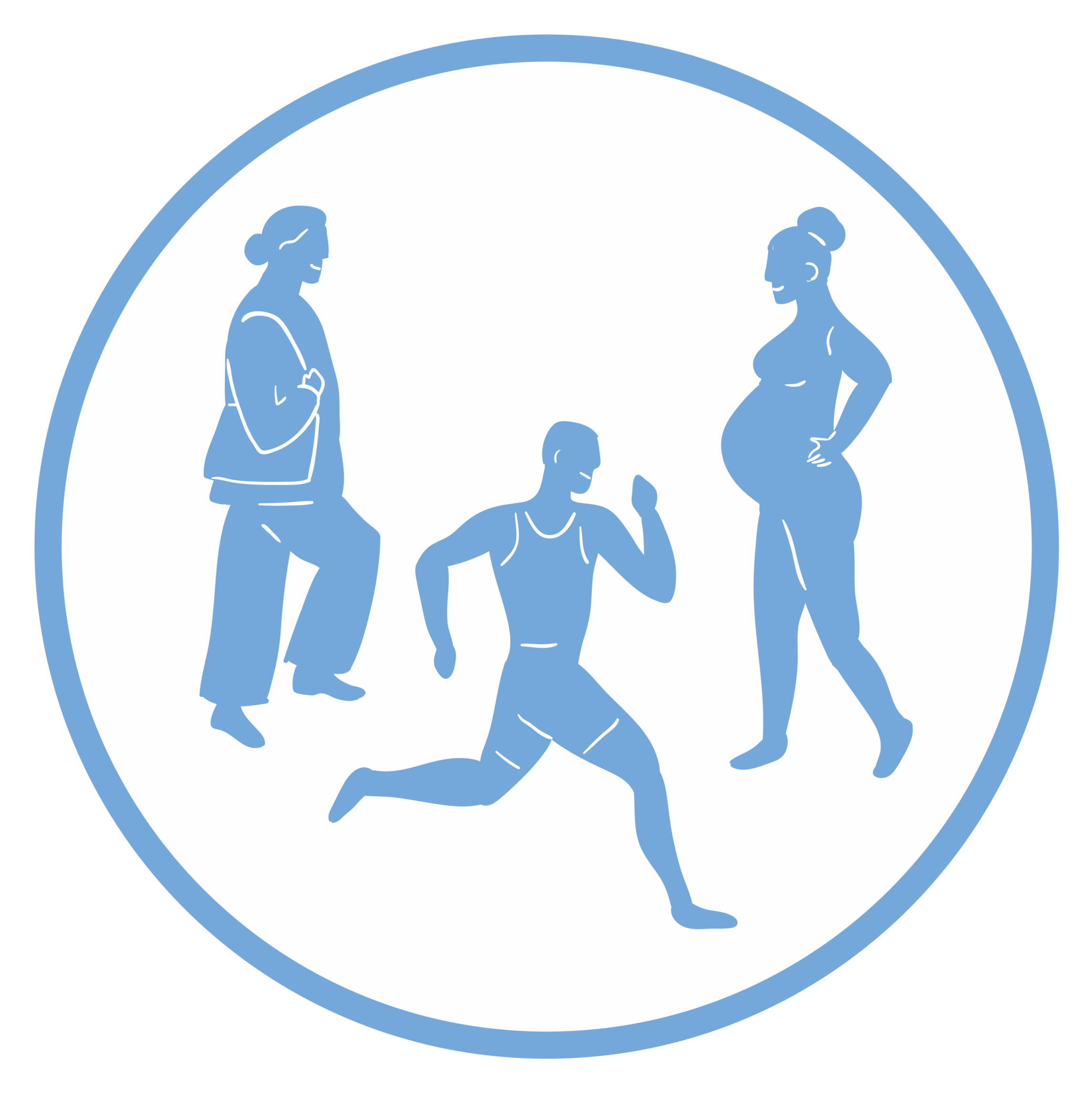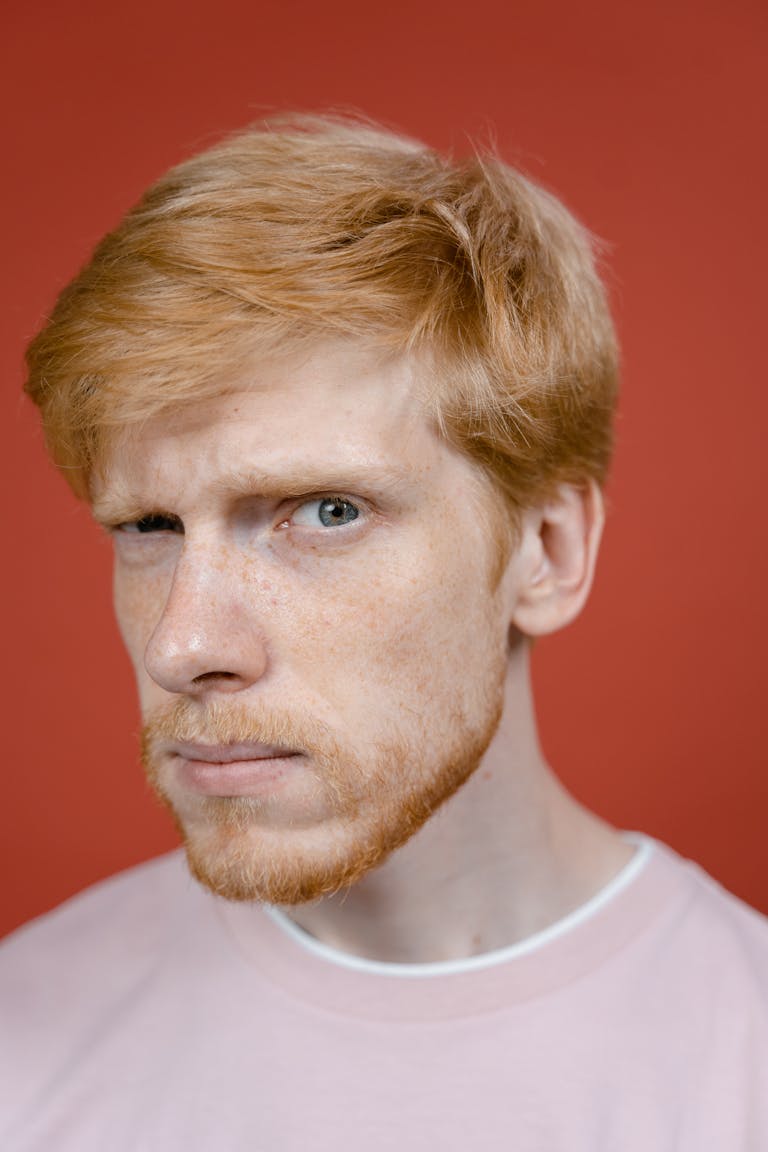Ce article est également disponible en français – Osteopaths and athletic therapists both have the same goal: to help you move without pain. But their approach differs.
Let’s take a closer look.
The reality of sport in Quebec: unique challenges
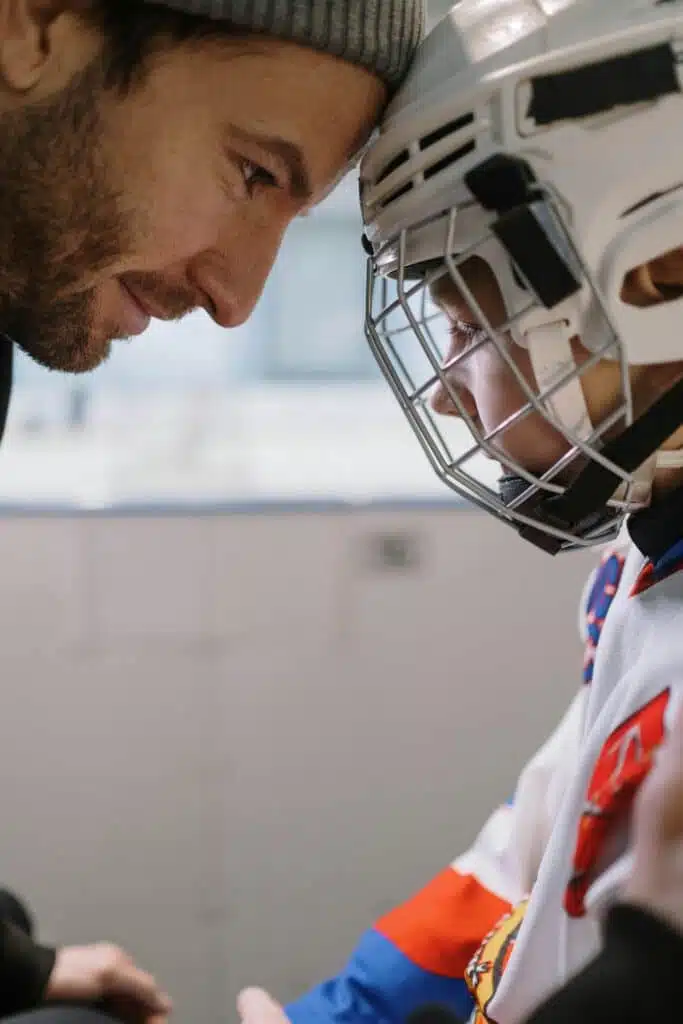
Whether you’re an amateur field hockey player on Montreal’s ice rinks, a runner braving Quebec’s winters or a cyclist exploring Quebec City’s bike paths, your body is under particular stress. Seasonal changes, varied surfaces and the intensity of our Quebec sporting culture create unique challenges for our athletes. According to the Quebec government, Quebecers’ enthusiasm for physical activity is a health factor, but it also exposes them to specific risks of injury.
Many people don’t know where to turn when injuries or performance limitations arise. This confusion is understandable: the roles of osteopath and athletic therapist may seem similar at first glance, but their approaches differ considerably.
Osteopathy: the art of seeing the body as a whole
Osteopathy, which has been regulated in Quebec since the early 2000s, takes a holistic view of your health. Far from simply treating the painful area, the osteopath looks for the root cause of your problem. An old ankle sprain, for example, may be compensating for lumbar pain.

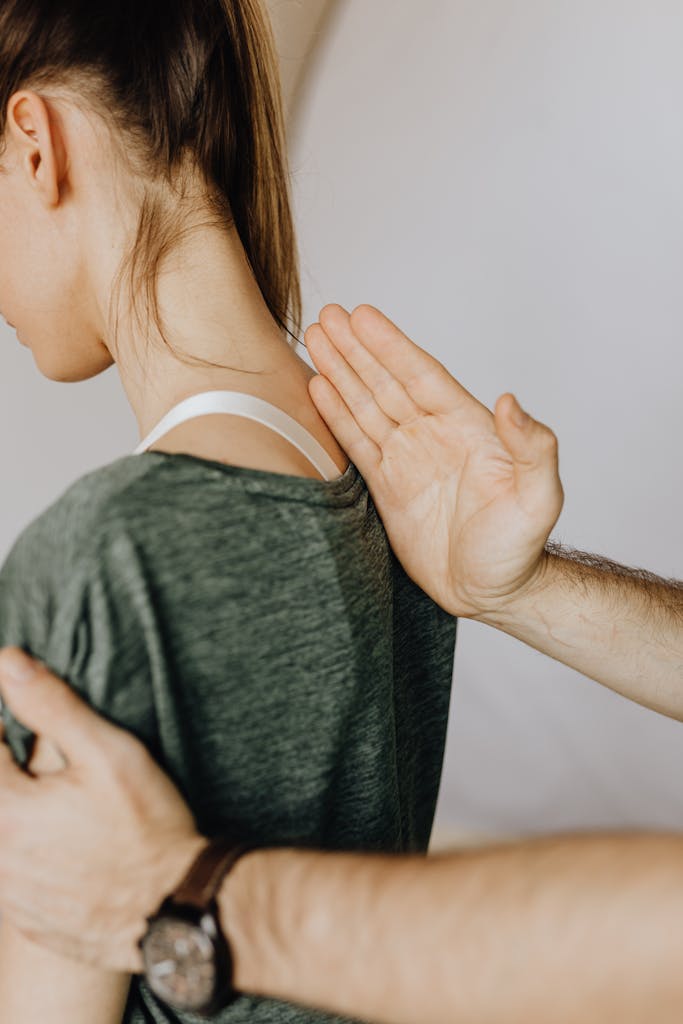
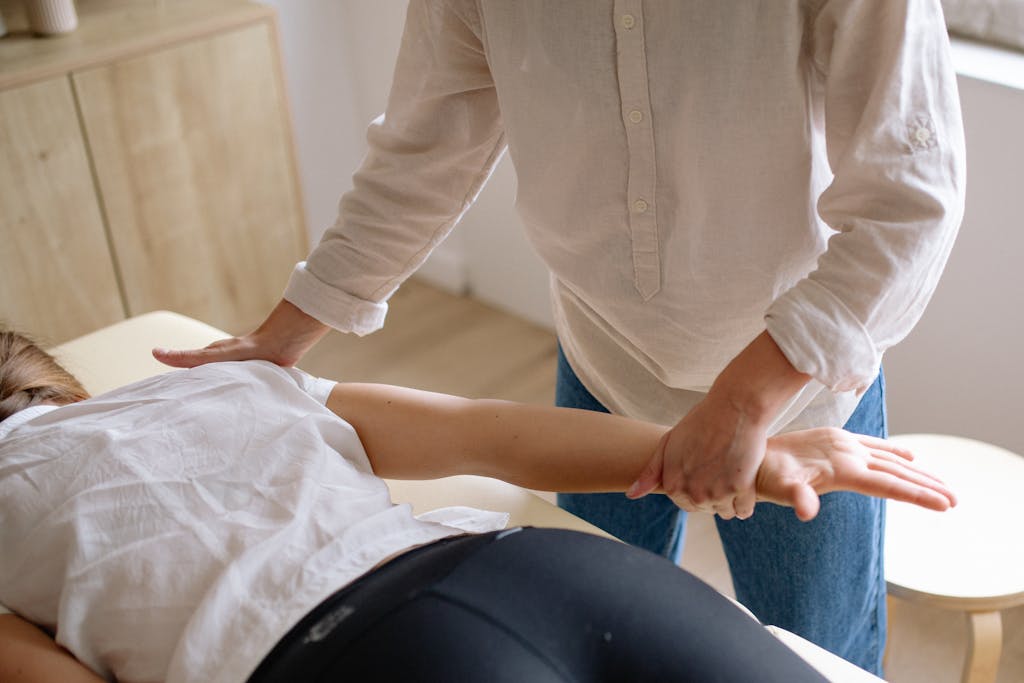
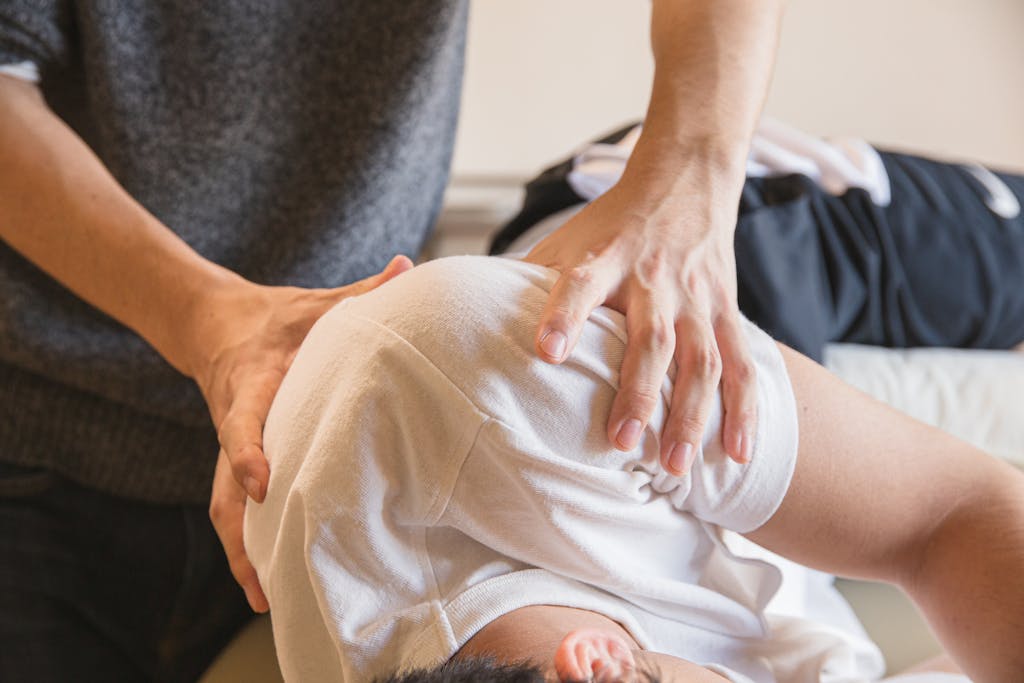
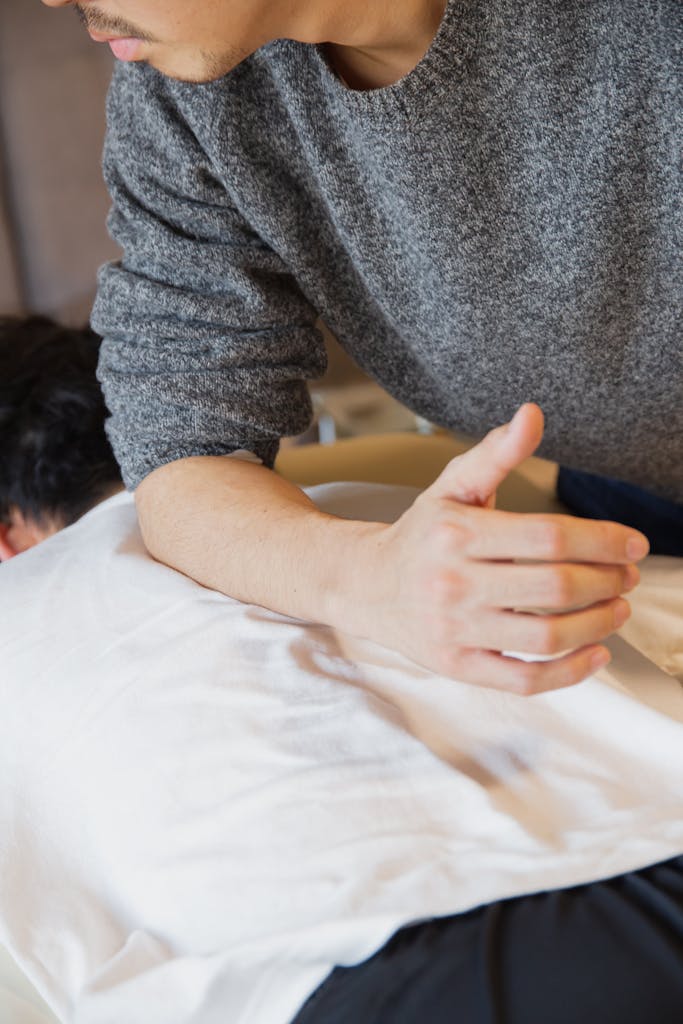
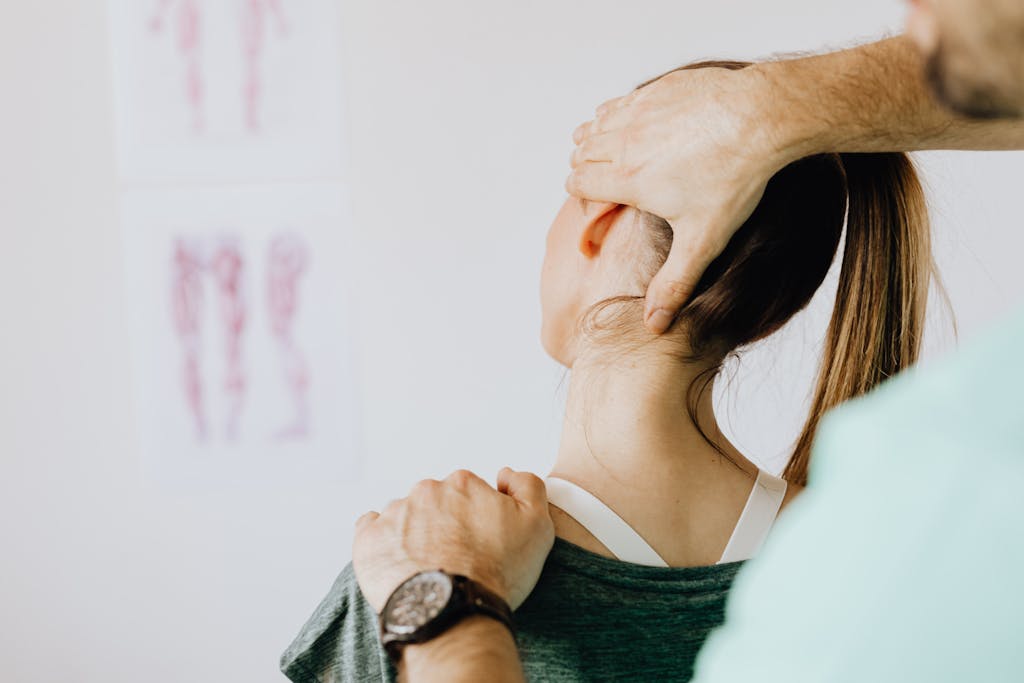
Osteopathic techniques: gentle but effective
Osteopaths use their hands exclusively.
According to the Ordre des ostéopathes du Québec, osteopathy aims to restore the body’s overall balance and mobility.
Who is osteopathy right for?
This approach is particularly effective for:
- Chronic pain with no apparent cause
- Recurrent headaches and migraines
- Functional digestive disorders
- Persistent back pain
- Stress and posture-related tensions
- Imbalances resulting from old injuries
- Post-delivery preparation and recovery
Athletic therapy: expertise in athletic movement
Athletic therapists certified by theCanadian Athletic Therapists Association are trained to assess, prevent and rehabilitate musculoskeletal injuries in all types of athletes.
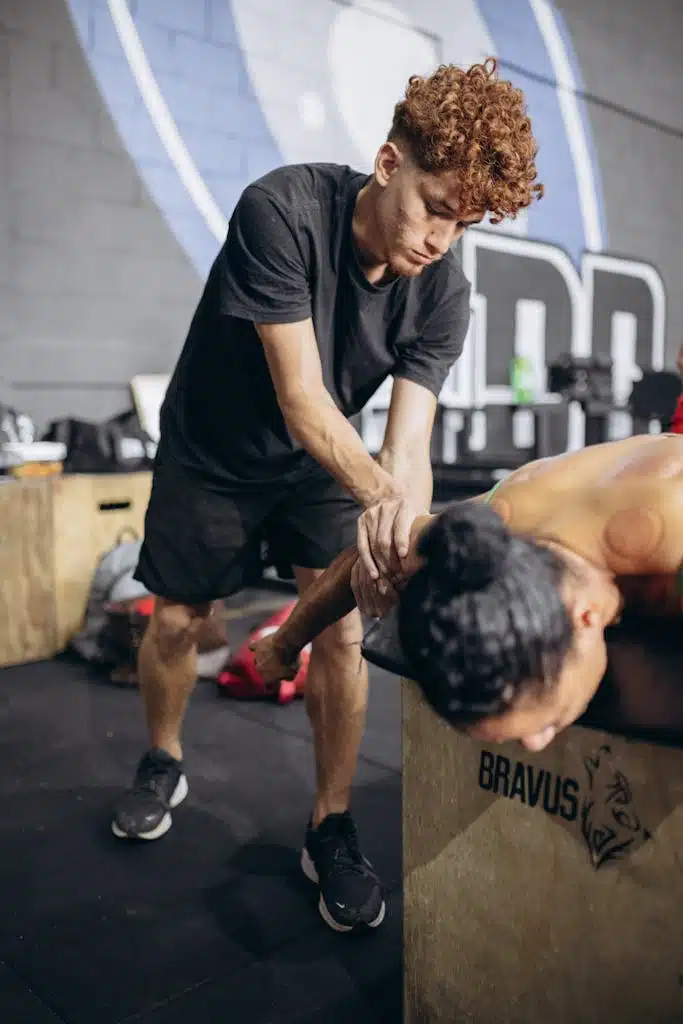

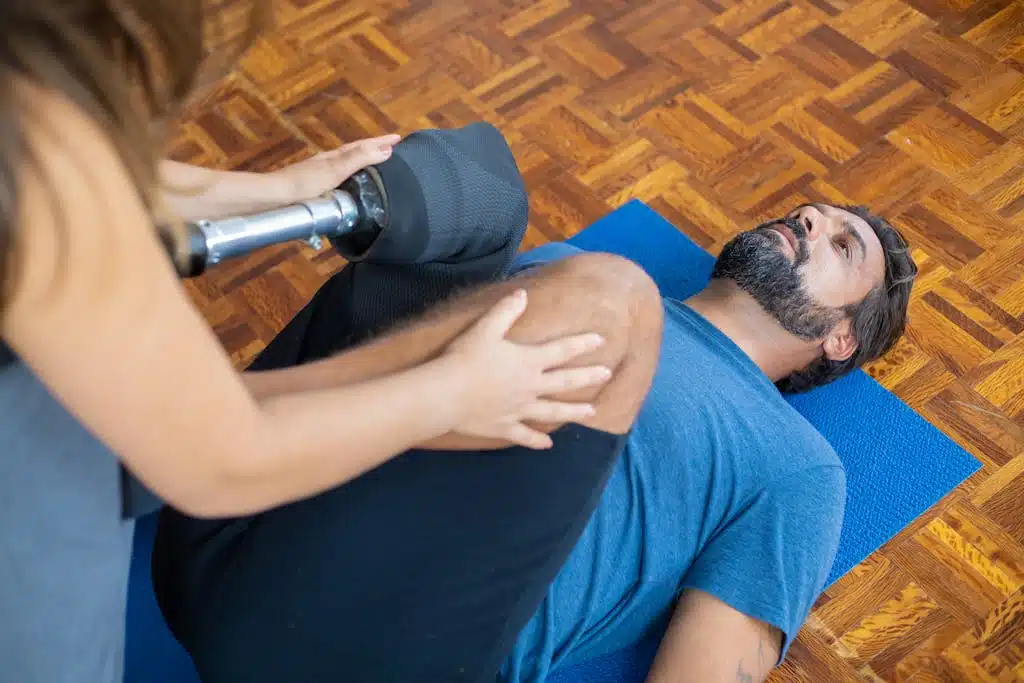
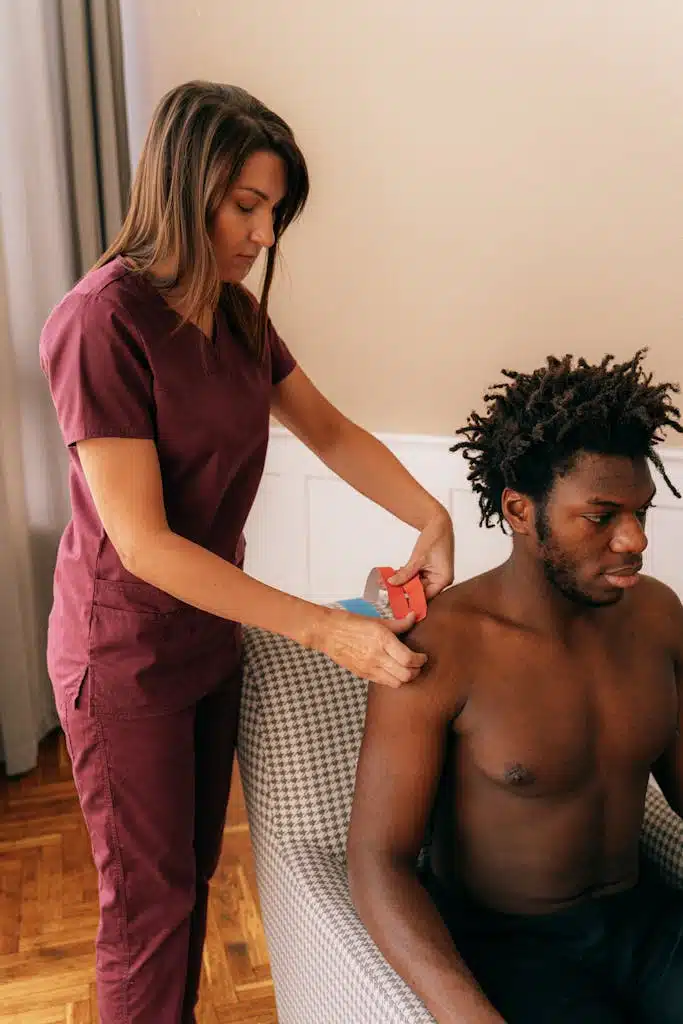

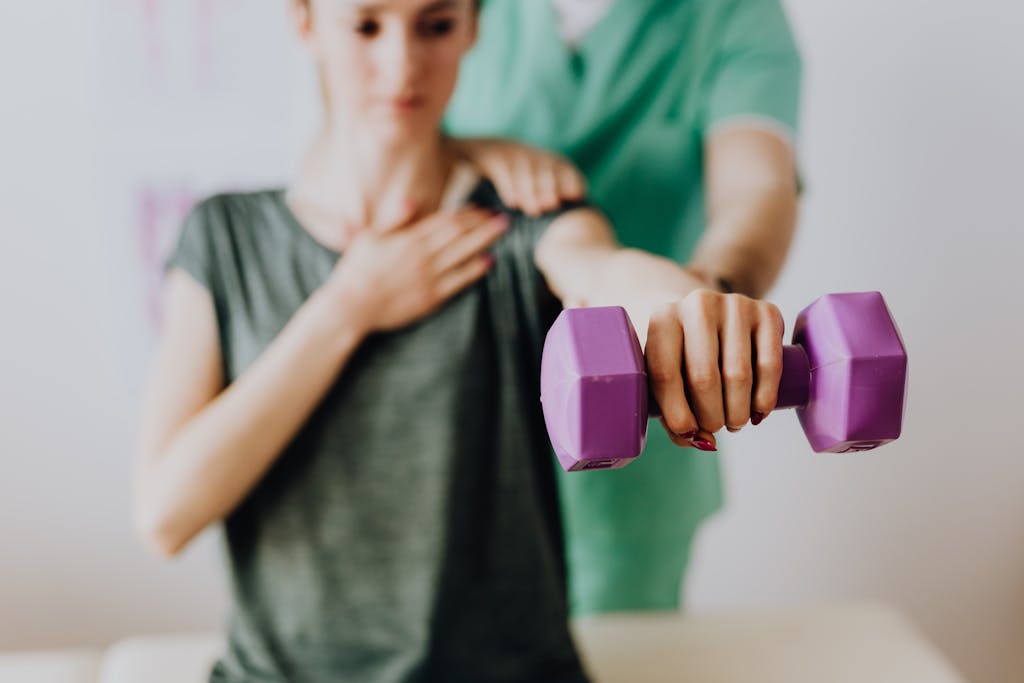
Their approach combines:
- Biomechanical assessment of movement
- Joint mobilization techniques
- Targeted muscle strengthening
- Proprioceptive rehabilitation
- The use of therapeutic tools (tape, ultrasound)
They excel in:
- Rapid recovery from sports injuries
- Optimizing athletic performance
- Preventing sports-related injuries
- Post-surgical rehabilitation
- Analysis of the technical gesture
Training and regulation in Quebec: what you need to know
In Quebec, osteopaths follow a five-year training program that includes :
- 4200 hours of theoretical and practical training
- In-depth anatomy, physiology and biomechanics
- Osteopathic manual techniques (cranial, visceral, structural)
- Supervised clinical internships
- Final dissertation
Osteopathie Québec ensures recognition of the profession and compliance with professional ethics. It’s important to check that your osteopath is registered.
While certified athletic therapists have completed :
- University program in athletic therapy or equivalent
- Athletic therapy certification (ACTS)
- Mandatory further training
- Taping, mobilization and rehabilitation skills
Are you an osteopath or an athletic therapist?
Choose osteopathy if:
- Looking for a holistic approach to your health
- Your pain is diffuse or recurrent
- You have a history of multiple injuries
- You suffer from functional disorders (sleep, digestion)
- You want a preventive approach
Case in point:
Paul, 68, active retiree from Laval
Paul plays golf twice a week, goes Nordic walking and gardens passionately. For several months now, he’s been experiencing morning stiffness, lower-back pain after gardening and greater fatigue than before.
“I don’t want these little niggles to stop me enjoying my retirement,” he explains. “My doctor says it’s normal at my age, but I want to stay active as long as possible.”
Why osteopathy is right for Paul :
- A preventive approach to maintaining mobility
- A global vision that addresses age-related compensations
- Gentle techniques for more fragile fabrics
- Focus on postural balance to prevent falls
- Medication-free support for natural aging
The osteopath will identify movement restrictions before they become problematic, and optimize overall body function so that he can safely continue his favorite activities.
Opt for athletic therapy if :
- You have a recent, specific sports injury
- You want to improve your athletic performance
- Preparing for a competition
- You need fast recovery techniques
- Your doctor has referred you for rehabilitation
Case in point:
Marysol, 44, urban runner from Montreal
Marysol runs four times a week: urban asphalt courses, Lachine Canal bike paths and Mount Royal trails at weekends. Since her last 10K, she’s been experiencing persistent pain in her right knee, which intensifies on climbs.
“I have a half-marathon in two months and I refuse to give up,” she confides. “This pain is limiting my training and I’m afraid it’s going to get worse.”
Why athletic therapy is right for Marysol:
- Biomechanical evaluation of your stride on different surfaces
- Specialized techniques to treat patellofemoral syndrome
- Targeted strengthening program for urban runners
- Adaptation tips for mixed surfaces (asphalt/trails)
- Plan for a gradual return to training towards your goal
The athletic therapist will analyze the technical gesture, identify the muscular imbalances specific to running and give preventive exercises to avoid recurrence while maintaining performance.
The complementary approach: what if it were both?
Many Quebec athletes combine the two approaches. A field hockey player may consult an athletic therapist for a knee injury, then see an osteopath to optimize overall recovery and prevent compensation. This complementary approach is recognized by many sports health professionals.
Marie-Claude combines both training courses. This dual expertise enables us to provide you with optimum care: an overall osteopathic assessment AND specialized sports therapy techniques tailored to your specific needs.
This maximizes rapid recovery (athletic therapy), overall body balance (osteopathy), injury prevention and long-term performance.
Your healing journey: how to get started
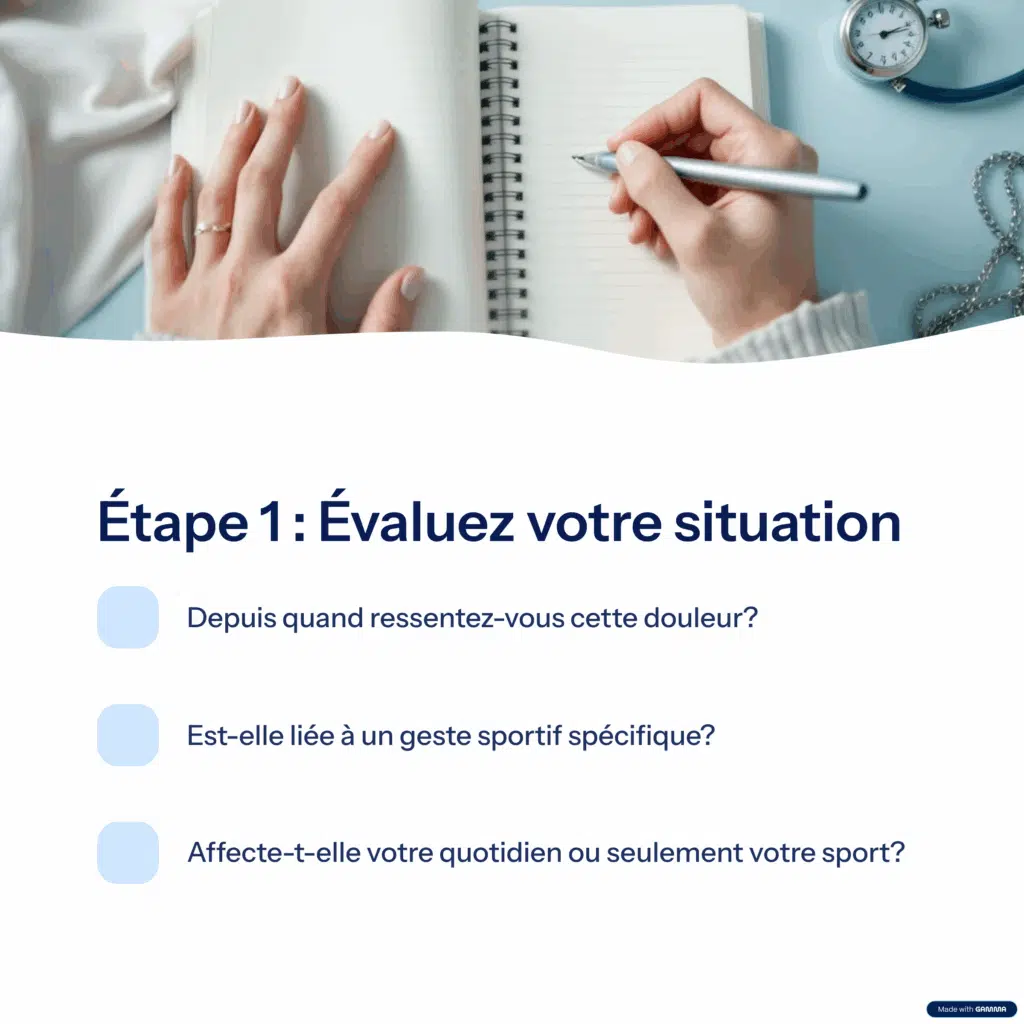
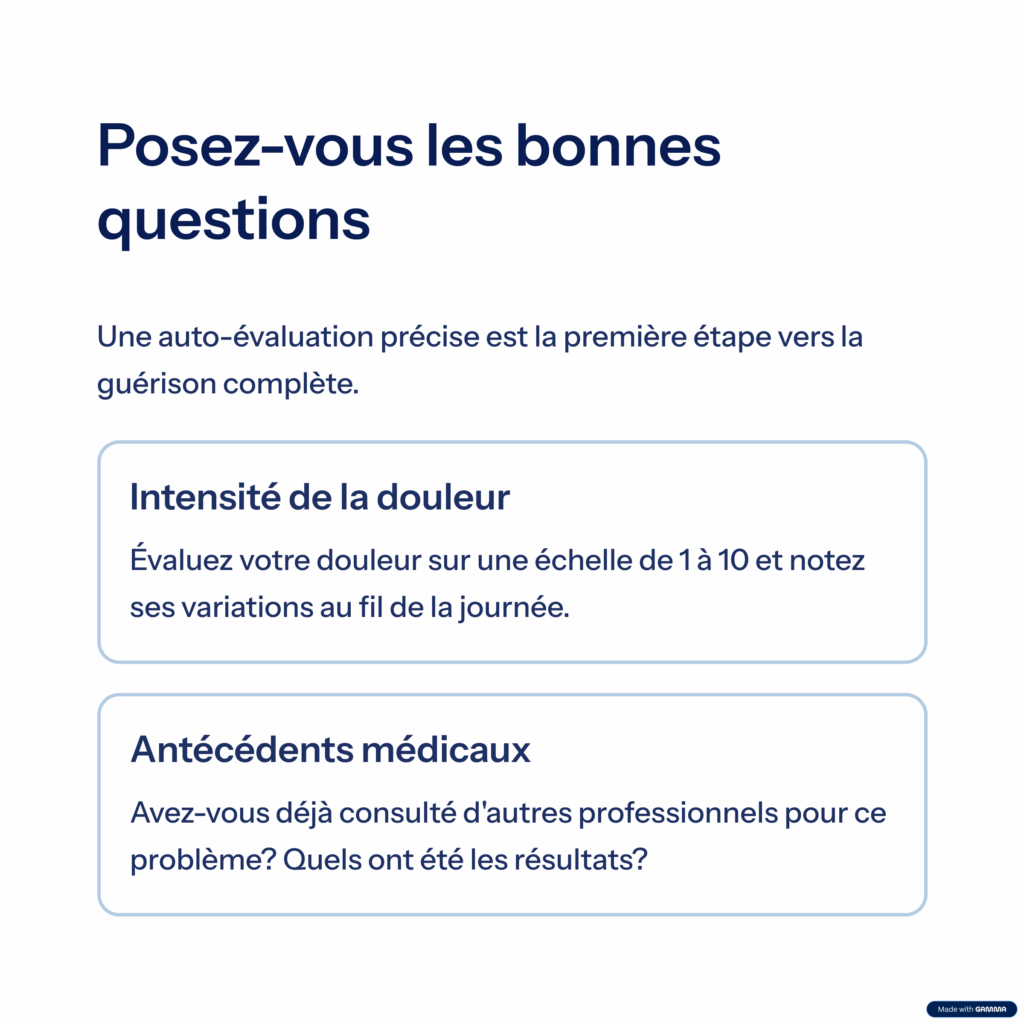
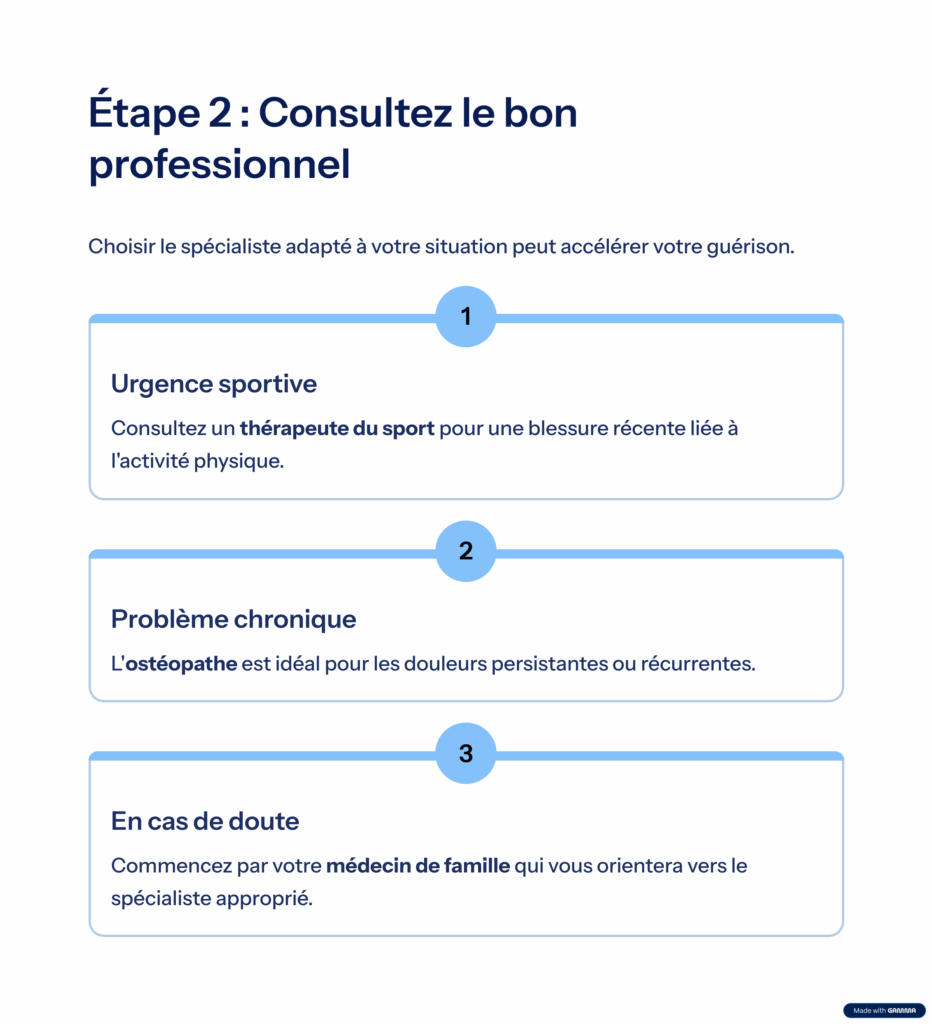
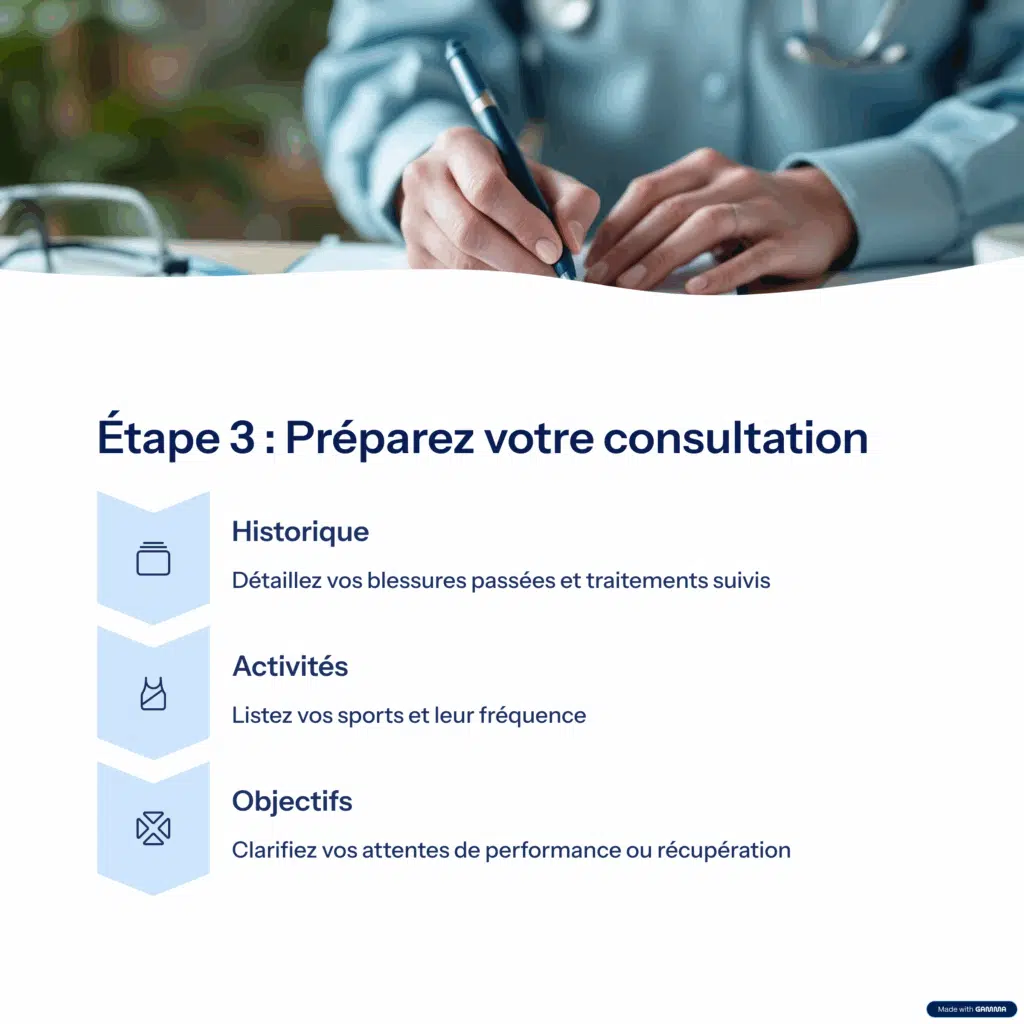
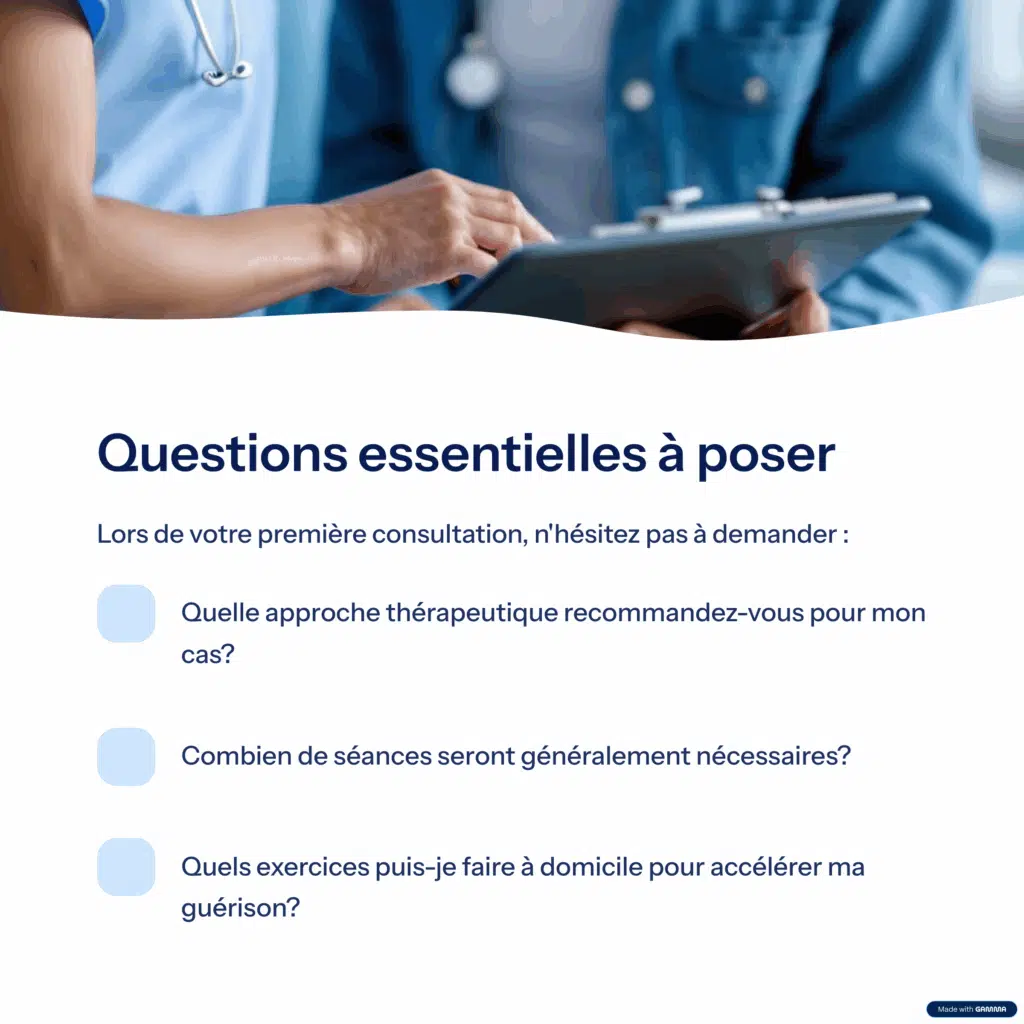
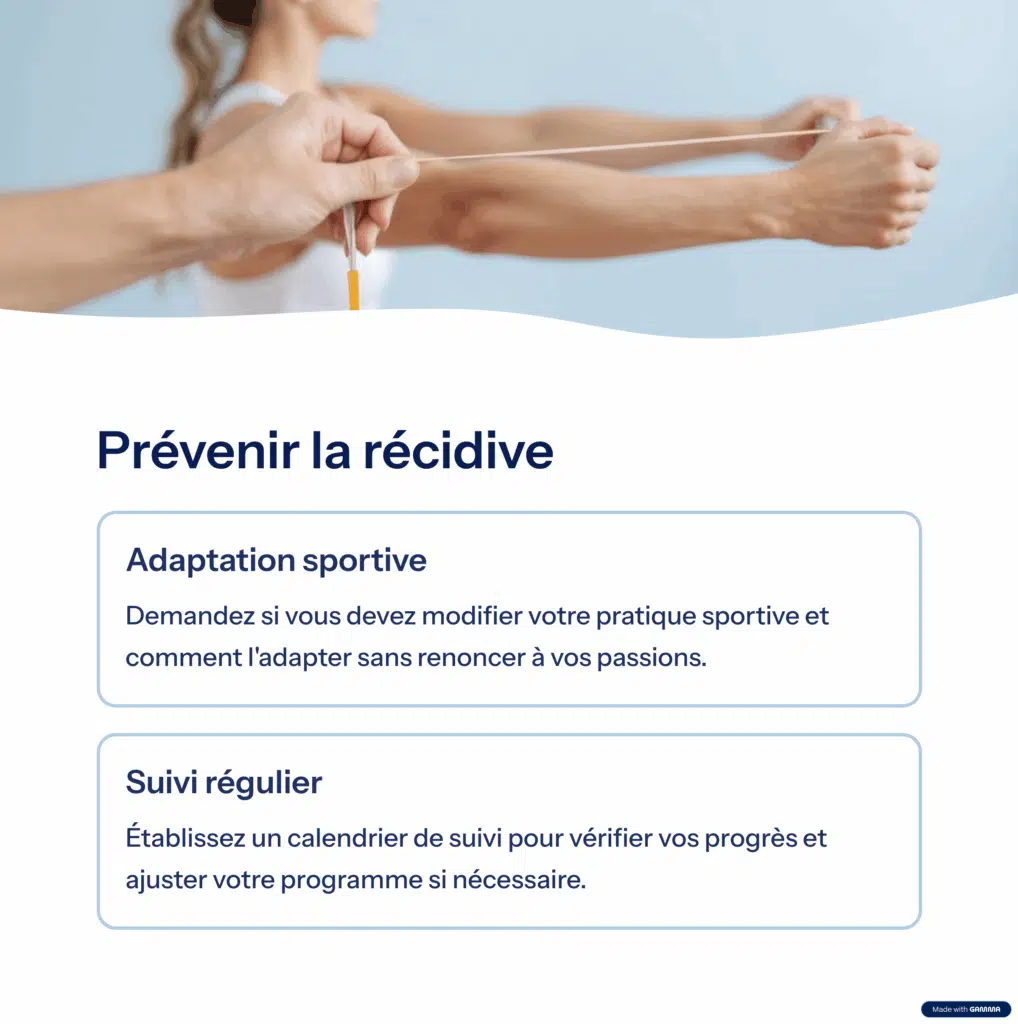
Understanding costs and coverage
In Quebec, neither osteopathy nor athletic therapy is covered by the Régie de l’assurance maladie du Québec (RAMQ). However, many private insurers offer partial or complete coverage, so it’s a good idea to check your coverage before your consultation.
Alarm signals
Some symptoms require prompt consultation: sudden, intense pain, significant loss of mobility, perennial numbness or tingling, severe swelling and inability to bear body weight.
In these cases, consult a physician first or go to the emergency room.
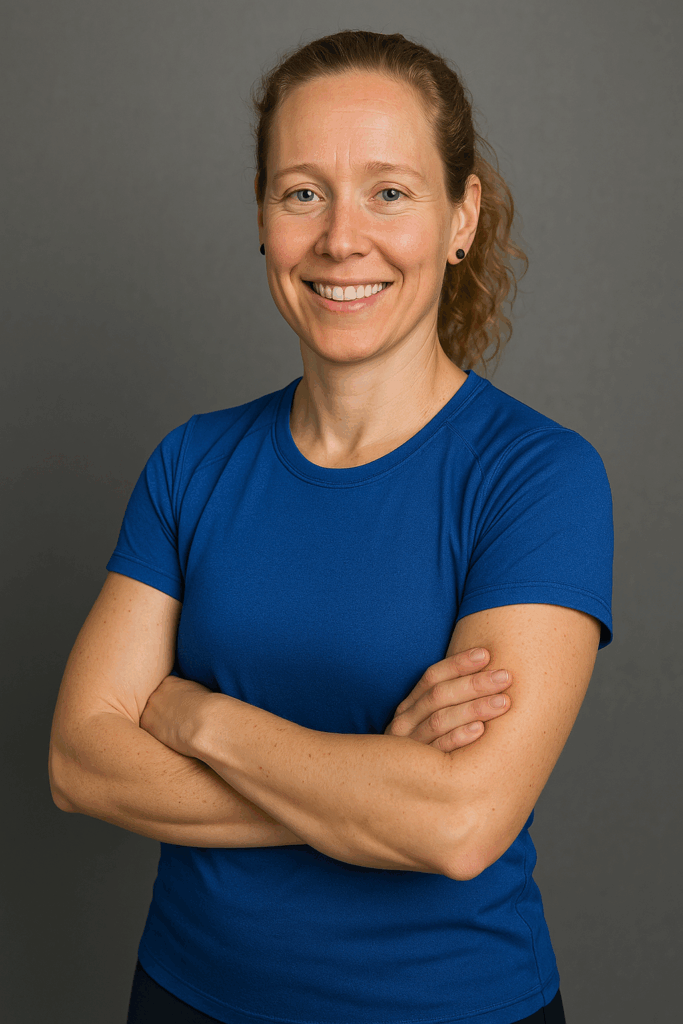
Conclusion: your sporting health, your choice
The beauty of the Quebec healthcare system lies in the diversity of approaches available. Whether it’sosteopathy or athletic therapy, it’s important to choose the right professional for your specific needs. Investing in your health means investing in your pleasure and performance.
The ultimate goal? Practice your favourite sport in the best possible conditions, in good health and with pleasure.
Photo credits to DALL-E
This article is for information purposes only and does not replace professional medical advice. Always consult a qualified specialist to assess your specific situation.
References:
- https://www.osteopathiequebec.ca/fr/encadrement-de-la-profession-osteopathes
- https://www.ramq.gouv.qc.ca/fr/citoyens/assurance-maladie/informer-services-couverts
- https://www.msss.gouv.qc.ca/professionnels/statistiques-donnees-sante-bien-etre/flash-surveillance/activite-physique-en-quelques-chiffres/
- https://athletictherapy.org/public/education?request_locale=fr
- https://www.osteopathiequebec.ca/fr/trouver-un-osteopathe/
Do you like our news?
Subscribe to our newsletter.
